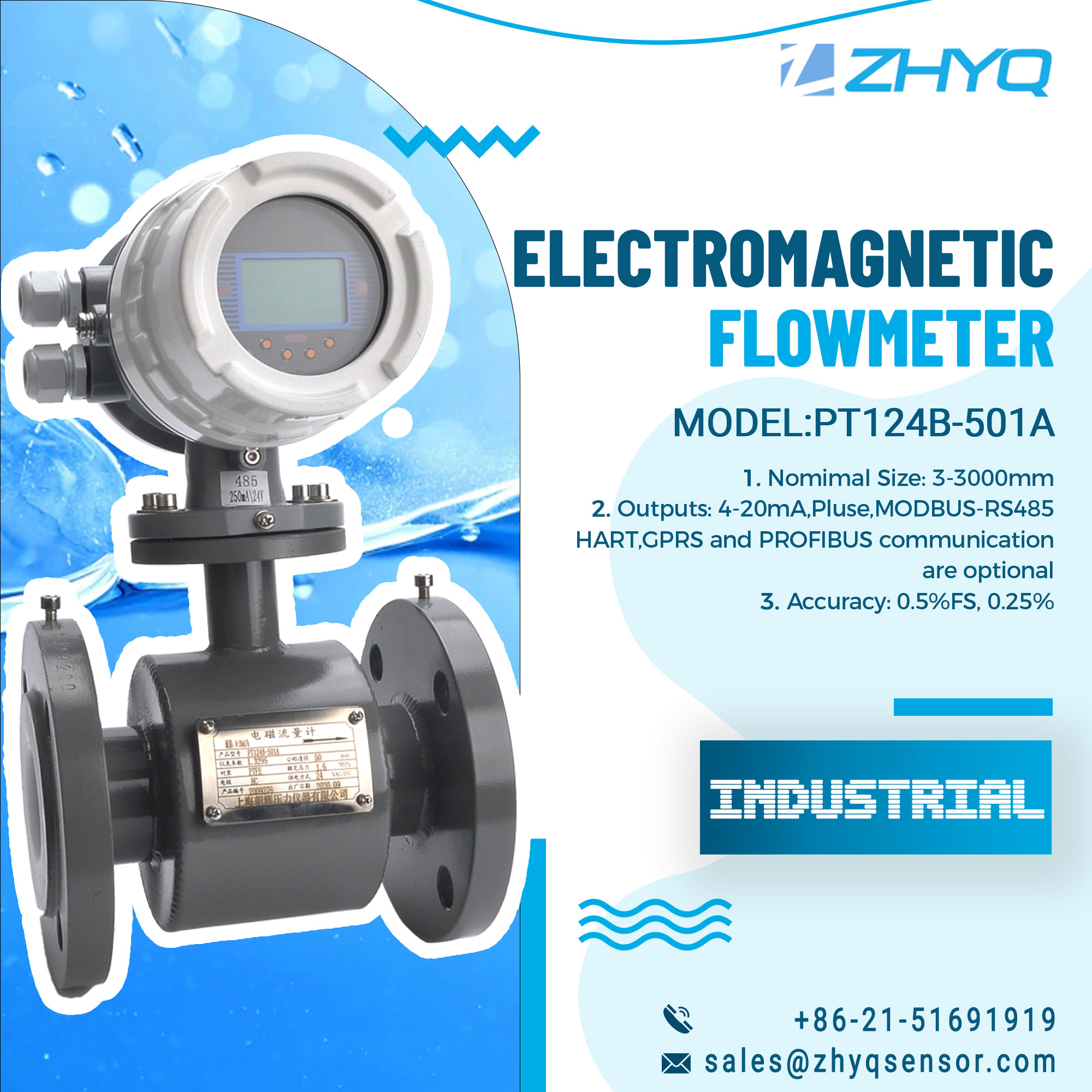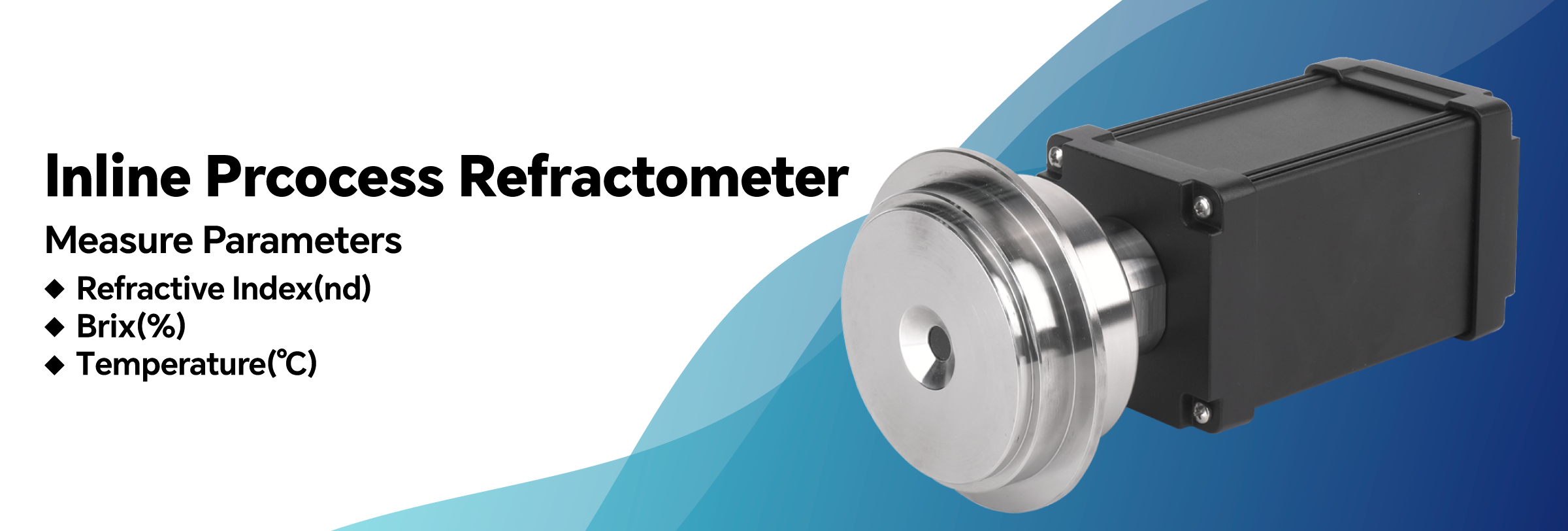
- Pressure Sensor, Pressure Transducer, Pressure Transmitter


- 2022-10-25
- Zhyq
- 180
The working principle of magnetic flow meter
The working principle of electromagnetic flow meter
Electromagnetic flowmeters, also known as mag flowmeters or magmeters, offer highly accurate, non-contact and cost-effective volumetric flow measurements.
What is an electromagnetic flowmeter?
Electromagnetic flowmeters measure the flow of conductive fluids. These volumetric flowmeters employ the principles of Faraday’s Law, which predicts how a magnetic field will interact with an electric circuit to produce an electromotive force, as part of a phenomenon known as electromagnetic induction.
How does an electromagnetic flowmeter work?
Electromagnetic flowmeters are made up of a transmitter and a sensor. The sensor is placed inline to measure the induced voltage of a fluid as it flows through a pipeline. The transmitter then converts this voltage into a flow measurement. Effectively, the faster the fluid flows, the more voltage is generated.
Electromagnetic flowmeter Advantage and Shortcoming
Here are some of the main pros and cons of using electromagnetic flowmeters:
1.Advantage
Low power usage
No moving parts
Water through to slurries
Low pressure drop
2.Shortcoming
Minimum conductivity required
Cannot be used to measure gases
Unsuitable for high temperature media
Susceptible to electromagnetic interference
Electromagnetic flowmeter applications
Mag flowmeters don’t have moving parts, making them ideal for wastewater applications. Or any other applications involving conductive or water-based liquids. They’re also perfect for applications with low maintenance requirements. But they’re completely unsuitable for use with hydrocarbons or distilled water.
ZHYQ has an extensive range of electromagnetic flowmeters to suit all manner of applications. From water treatment to hygienic food and beverage production, high-precision dosing operations in the pharmaceutical sector, sea water applications or Clean in Place (CIP) applications – ZHYQ has a magmeter for the job.
Leave Your Inquiry
Your email address will not be published. Required fields are marked *


